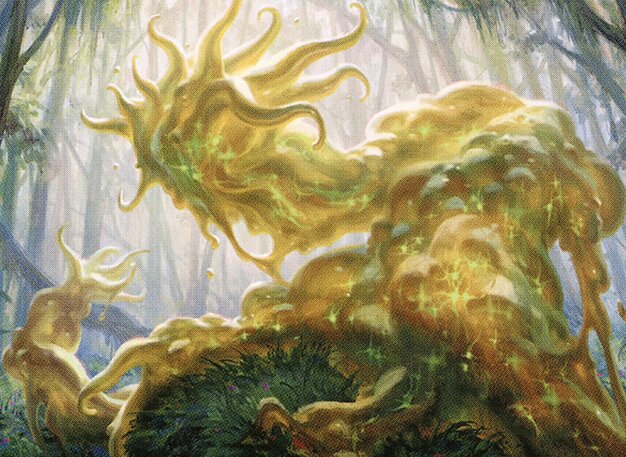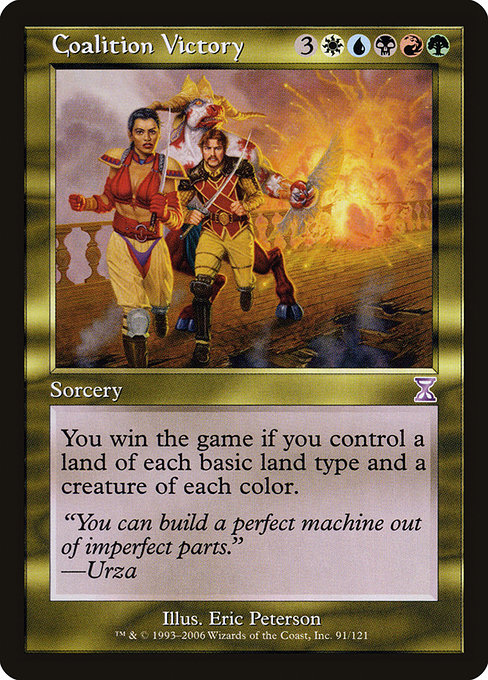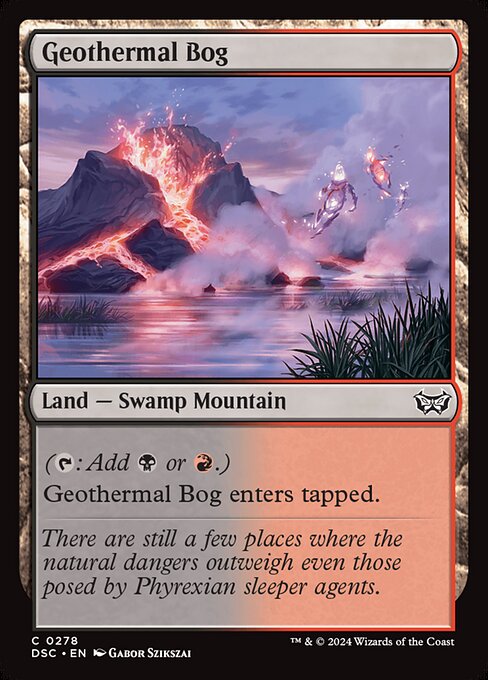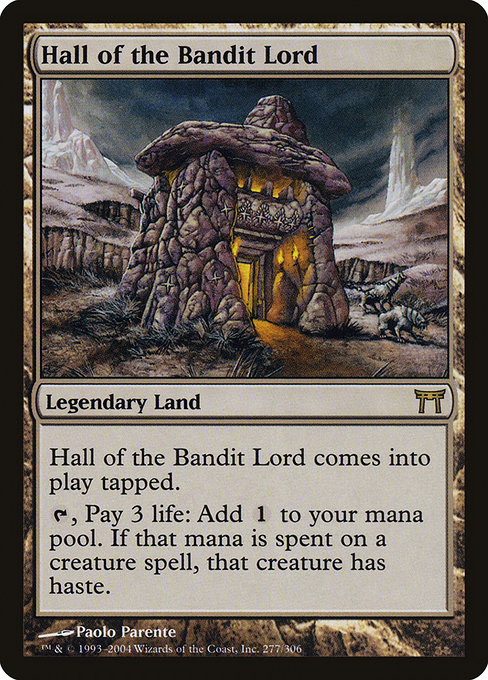Deck & Commander Strategies

Garth One-Eye
Utilizes fast mana and combo potential, likely focusing on assembling a win through synergistic interactions involving creature sacrifice and recursion.

Deadpool, Trading Card
A disruptive, aggressive deck designed to annoy opponents with creatures like Slice and other game changers, aiming to control the board and pressure life totals.

Aeve, Progenitor Ooze
Mono-green storm strategy focused on ramping quickly with enchantments and lands to generate large amounts of mana and storm off with multiple spells.

Imoti, Celebrant of Bounty
Built around every game changer card available, using powerful tutors and potentially the Coalition Victory game changer to assemble a late-game five-color win.
Gameplay Insights
- 1
Early game ramp and card draw effects like Silven Library and Silven Anthem helped build resources steadily while managing life totals.
- 2
The game changer deck's reliance on powerful tutors such as Imperial Seal indicated a strategy centered on assembling a specific combo or game-winning card.
- 3
Slice's ability to attack the player with the highest life total and pass control to opponents created a dynamic threat that forced players to consider their life totals carefully.
- 4
Players leveraged land cycling and snow lands to optimize mana base and resource availability, which was crucial for casting higher-cost game changers.
- 5
The mix of aggressive, combo, and control elements led to a constantly shifting board state, requiring players to adapt their strategies in response to opponents' plays.
Notable Cards
-

Imperial Seal
-

Coalition Victory
-

Geothermal Bog
-

Hall of the Bandit Lord
Gameplay Summary
The Commander Clash game featured four unique decks submitted by viewers, each showcasing distinct strategies and quirks.
The game began with players ramping up mana and setting the stage with various lands and enchantments, including Silven Library and Silven Anthem to draw cards and buff creatures.
Early turns were marked by cautious plays and mana development, with some players hinting at combo potential and others focusing on value generation. One of the standout moments was the introduction of the game changer-themed deck, which relied exclusively on cards designated as "game changers" alongside lands.
This deck looked to leverage powerful tutoring effects like Imperial Seal and the potential for a Coalition Victory to achieve a five-color win condition.
Meanwhile, the Deadpool deck aimed to annoy opponents with disruptive plays and aggressive creatures like Slice, which targeted the player with the highest life total, and cycling control of the creature between opponents. Throughout the game, key interactions such as land cycling, card draw from enchantments, and the strategic passing of powerful creatures like Slice kept players on edge.
The variety of strategies—from mono-green storm and combo potential to aggressive and disruptive tactics—led to a dynamic game state where players had to adapt quickly.
The game changer deck's late game was anticipated to be especially powerful, hinting at a potential explosive finish, while the others aimed to disrupt or combo off before then.








































![Knightly Showdown EP: 11 Gisa v. Imoti v. Sidar Jabari v. Syr Gwyn [EDH gameplay] thumbnail](https://i.ytimg.com/vi/P8KX_caip9U/sddefault.jpg)


